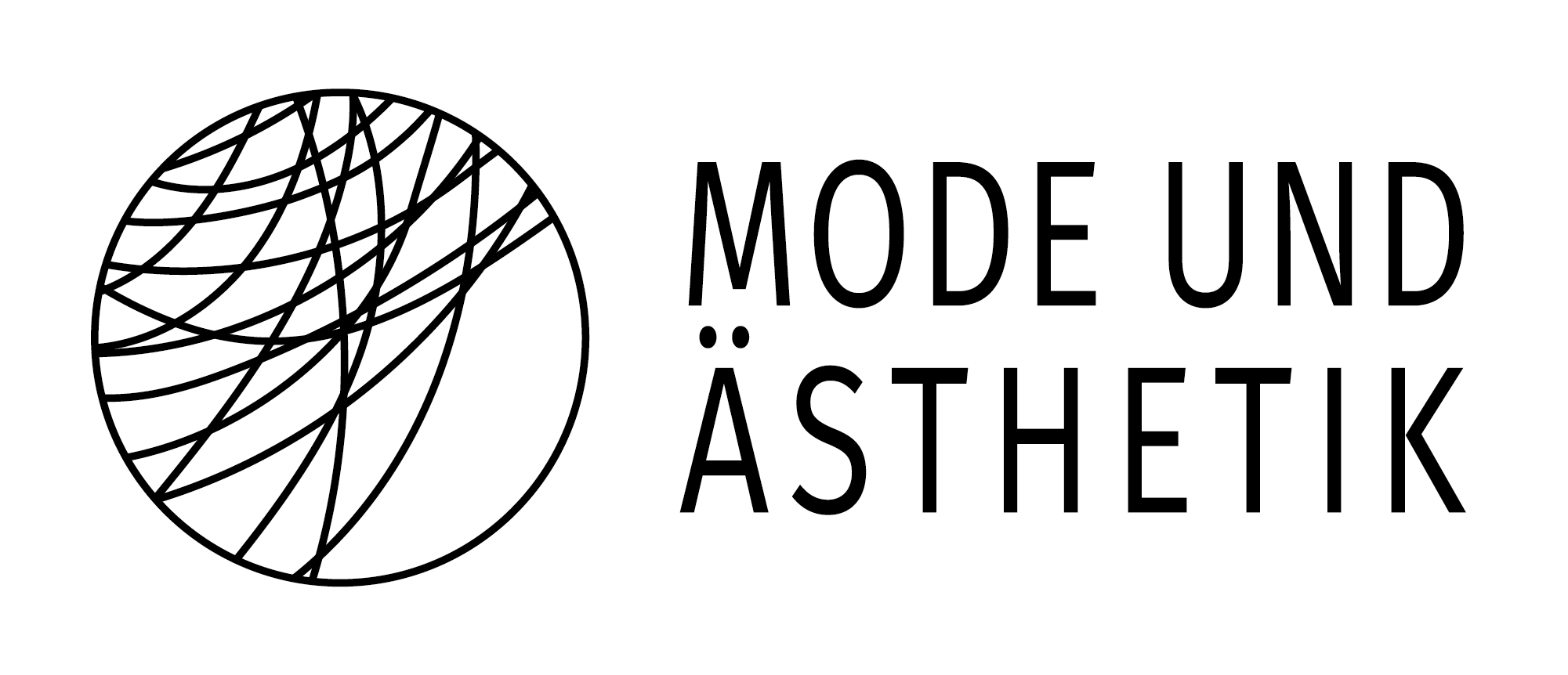“10. Leisure time
In view of the increasingly longer duration of stay and increased family reunification, leisure time is of particular importance for integration into social and societal life. Therefore, more attention should be paid to the leisure time activities of this numerically not insignificant population group.”
(Stadt Sindelfingen 1979)
The so-called “First Foreigners Report” of the city of Sindelfingen from 1979 provides an overview of the previous measures in the field of municipal migration work in the city and lists the relevant actors in this field. The document also represents a concept for the strategic development of municipal migration work. It emerged in response to a specific historical situation, primarily when local political decision-makers recognized that the people who came to Sindelfingen as part of the labor recruitment starting in 1955 could no longer be expected to return to their countries of origin. Their presence in the city, constituting almost a fifth of the population, could no longer be ignored (cf. Berlinghoff 2016, pp. 937-938). As a result, local political decision-makers in different towns across West Germany began to develop measures for the social integration of migrants (some of whom had already been living in Sindelfingen for 25 years at that time). Cultural work played an important role in this from the beginning; the city's first foreigner’s representative initiated their own cultural events very early on, which were framed at the time as “means of international understanding.”
With the emergence of municipal migration work in Germany in the 1960s and 1970s (usually located within the social welfare office), the beginning of a new “cultural diversity work” came into life – as cultural policy for immigrants. At this time, numerous city festivals and events were established in West Germany, aiming to facilitate encounters between “Germans” and “foreigners” through shared celebrations. They established a powerful narrative of belonging: those who are located “here” and those who symbolically belong “there.”
The International Street Festival in Sindelfingen (ISF) was one of the largest events of its kind in the city and partially in the region. Organized by the Office for Social Services for over 10 years, the ISF was considered part of municipal integration efforts. Thus, the festival serves as an example of a cultural policy specifically aimed at the migrant population. In this project, the International Street Festival, its history, and present serve as the starting point and reference framework for what I call institutionalized “culture of encounter.” The work of the former foreigner representative, now the integration representative, has contributed to the institutionalization of diversity as a folkloric performance of “foreign” cultures and nations. Through folklore performances and food offerings from their countries of origin, a mode of hegemonic ascription of migrant actors as “Other” and from elsewhere has been solidified and perpetuated.
To understand and question contemporary racialized structures and narratives in art and culture, it is necessary to delve deeper into the origins of cultural institutions and institutionalized narratives about migration. This research focuses on cultural work in early municipal migration policy in West Germany and critically examines its role in shaping an early “culture policy of diversity”. Using the example of the so-called “multicultural” festivals organized in many cities in West Germany during the 1970s and 1980s as part of municipal integration measures.
The ISF serves as an example of this cultural policy and is analyzed as part of the historical migration policy in Germany. Through mapping, the dissemination and impact of similar initiatives are highlighted. Additionally, the project investigates to what extent the format of an “international street festival” can be found in the tradition of world representations at international exhibitions (cf. Welz 2007, p. 227).
Simultaneously, the project engages with past and present positions of the actors involved in the festival to provide an alternative interpretation and narrative of the historical cultural work of migrant actors. The festival, as a site of self-representation for migrant actors, is a space where the countries of origin and their cultures are constructed as imagined places.
Berlinghoff, Marcel (2016): Die Bundesrepublik und die Europäisierung der Migrationspolitik seit den späten 1960er Jahren. In: Jochen Oltmer (Hg.): Handbuch Staat und Migration in Deutschland seit dem 17. Jahrhundert. Berlin, Boston: de Gruyter Oldenbourg (De Gruyter reference), 931–966.
______
Stadt Sindelfingen (1979): Ausländerarbeit in Sindelfingen. Stadtarchiv Sindelfingen. Bericht.
______
Welz, Gisela (2007): Inszenierungen der Multikulturalität: Paraden und Festivals als Forschungsgegenstände. In: Brigitta Schmidt-Lauber (Hg.): Ethnizität und Migration. Einführung in Wissenschaft und Arbeitsfelder. Berlin: Reimer (Reimer Kulturwissenschaften), 221–233.


